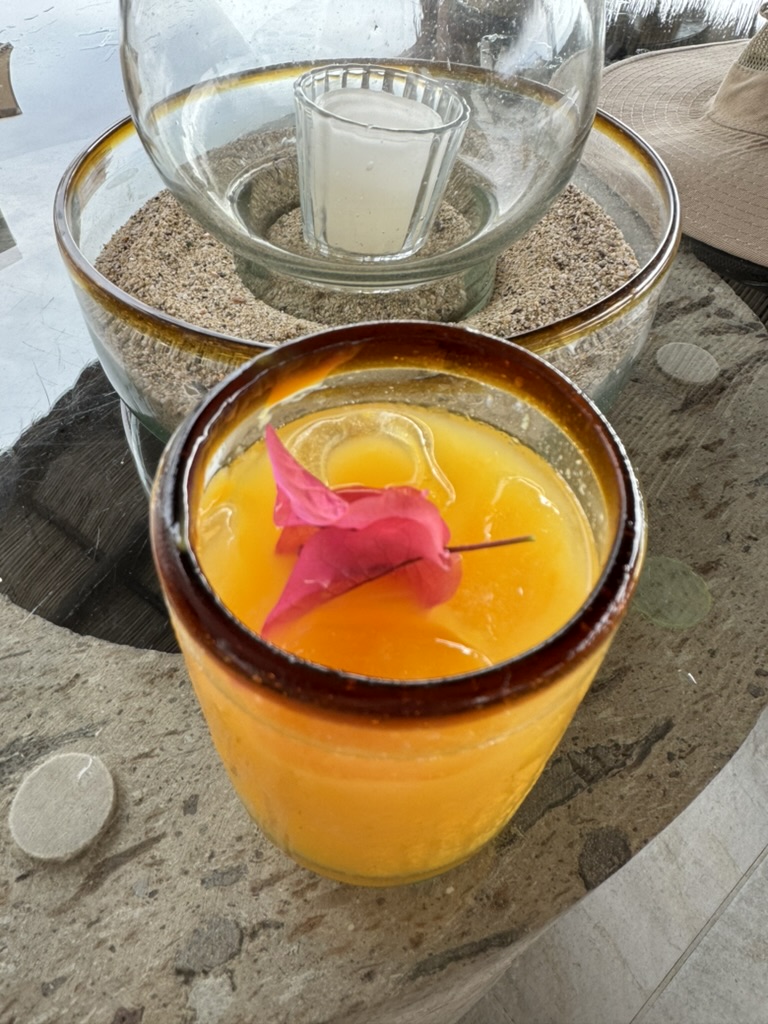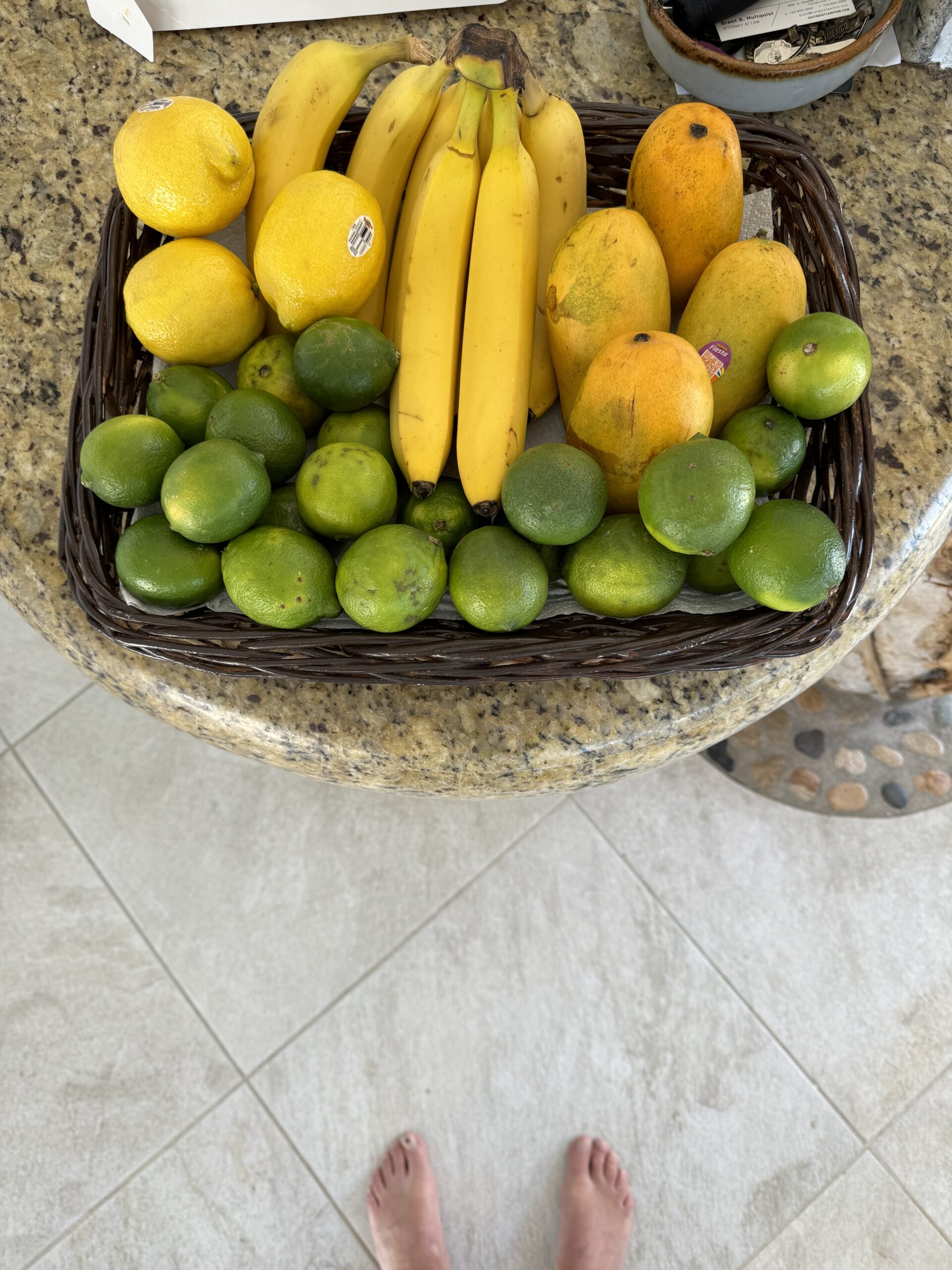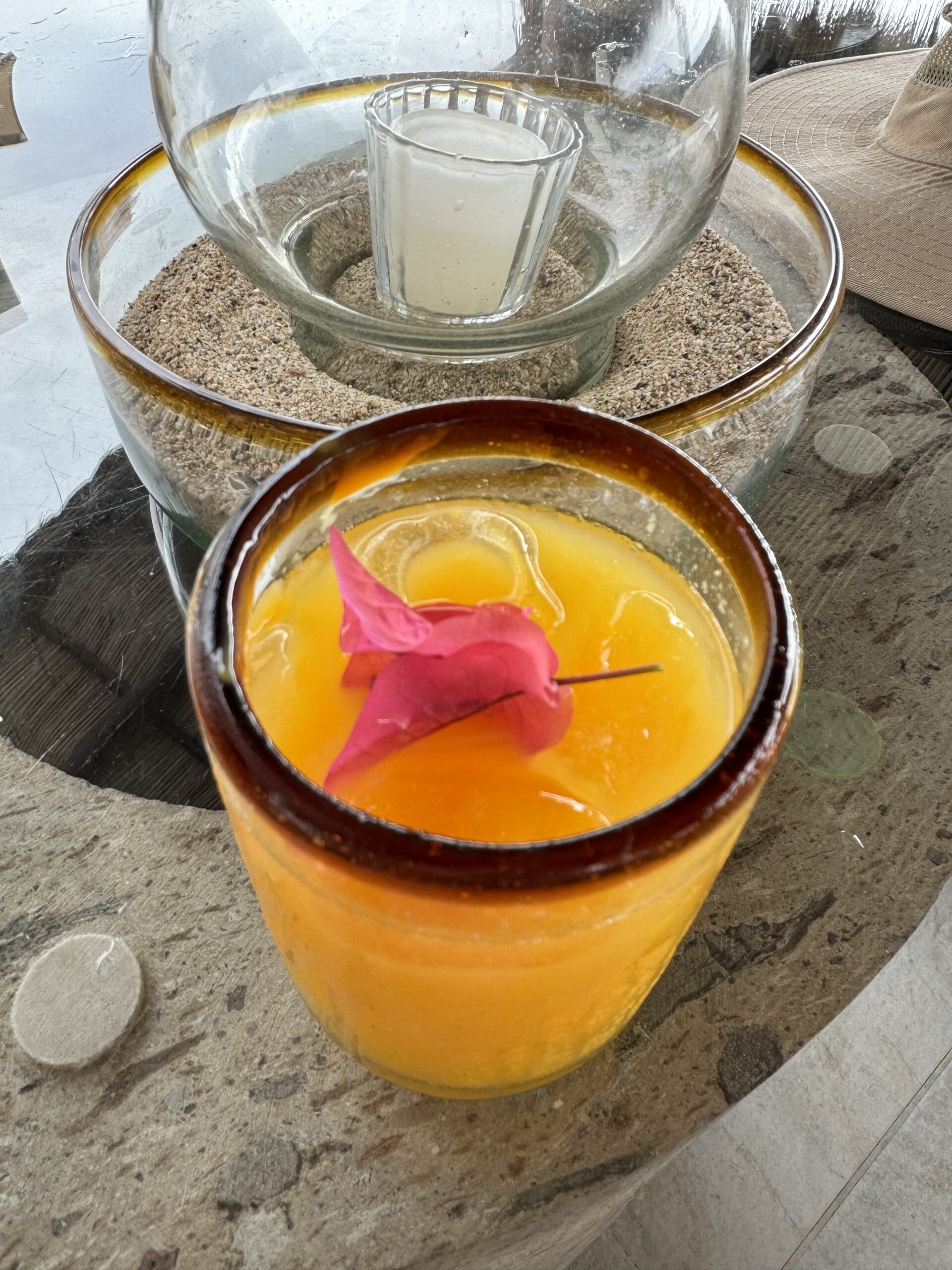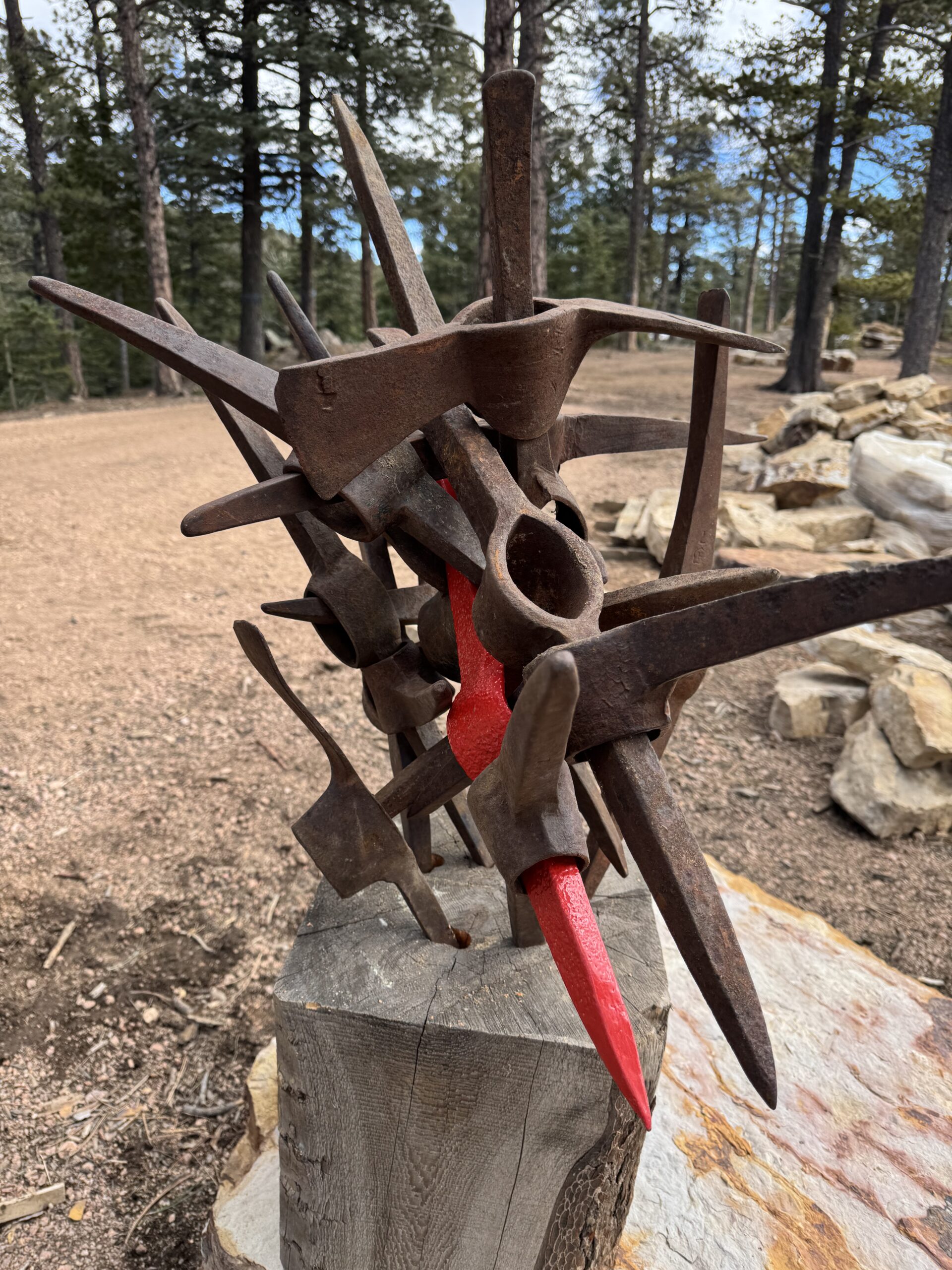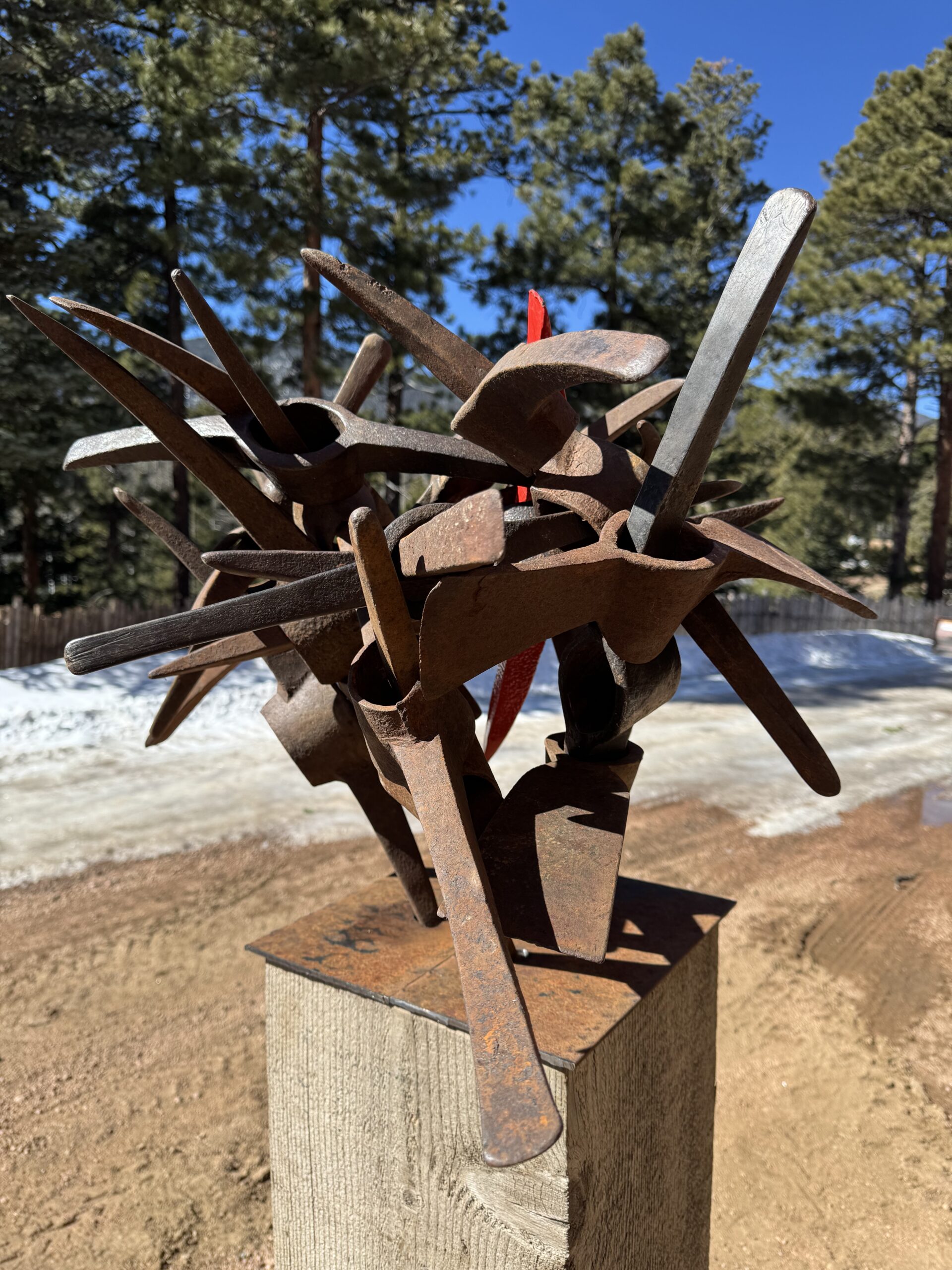
By now, almost everyone in this world knows Red Bull. It’s time you learn about Red Bear. Red Bear is a project born out of the plans for a greenhouse at the ranch. With a short growing season, we long to enjoy all things green and good. For instance, when I’m craving a BLT—all I need is the B and the B (Bread and Bacon), and we should have the LT on hand. With lots of glass on the south-facing sides of the greenhouse, I thought it would be cool to have a sculpture of a bear looking inside—after all, we are Bear Canyon Ranch. A few years ago, we had a young cinnamon bear looking in the glass of our French doors in the lower part of the Barn, which I thought was really neat at the time. SO, what kind of bear? At first, I thought I’d have a chainsaw bear made, but didn’t think I had a tree large enough to carve what I was thinking. Then I thought having a willow bear made up by a talented lady over in Crested Butte, similar to this willow sculpture of a mountain goat:
But I had worries about longevity based upon the UV rays and winter weather over the years. So I looked around and found a company that would build me a Red Bear out of stainless steel and powder coat it to match the use of the color red elsewhere around the ranch. So follow along as we do a build-a-bear, ranch-style.
let’s continue the story.




